Do You Have To Winterize a Pool in Texas?
Are you the owner of a pool in Texas and thinking about closing your pool for the season? Are you asking yourself, “is it necessary to winterize a pool in Texas upon closing it”?
As temperatures start dropping, you may be realizing it’s time.
We have created this quick guide with the 7 top tips for winterizing your Texas pool. It will help you close it and have a more manageable pool opening when the warmer weather approaches in the spring.
Keep reading to learn more about winterizing your Texas pool.
1. Shock
Several days before closing the pool, shock the pool, and make sure the PH is at the right level. It is recommended to close when the chlorine level returns to 1.0 to 3.0 ppm. You will be adding algaecide, so if the chlorine is too high, it will break down the algaecides and damage the pool cover.
When you’re shutting down your pool, you must adequately measure all of the chemicals. You can pick up a pool chemistry test kit from any pool supply store or home repair store to test the chemical levels of your pool water. You should have a balanced amount of chemicals in your pool water before you begin shutting down the pool for the season.
2. Clean the Pool Surface and Structure
Cleaning your pool is vital. Remove all debris that is floating on the top surface of the water. If you can see any leaves, any bugs, or any twigs, make sure to remove these items with a skimmer.
Next, you will also want to begin brushing the foundation of your pool with a pool brush. Be sure to pay extra attention to the areas of your pool, where algae and dirt easily collect. Once you finish brushing the pool, run your pool vacuum, preferably to waste. The dirt and dead algae will bypass the filter, preventing clogging and additional cleaning of the filter.
3. Lower Water Level
Use a submersible or filter pump to lower the water. For a solid pool cover lower the water 3 to 6 inches below the skimmer, and for a mesh cover, lower 12 to 18 inches below. If you have a separate main drain, the skimmers need to be closed off first, and the water drained to waste. For pools without an independent main drain, use a self-priming or submersible pump to lower the water. Be careful never to reduce the water levels more than you need to, as it could damage the pool liner or base.
4. Drain and Remove All Equipment
Blow out and drain all water from the drain plugs and caps on the pump, filter, chlorinator, and heater. If water is not removed, they can freeze and crack. Clean all equipment before storing it away. Equipment such as rails, skimmer baskets, diving boards, ladders, and any other equipment you have attached to your swimming pool must be removed as well.
You must store these items away in a dry and safe place. If you leave these items out in the open weather, they will deteriorate during the colder months.
5. Clear Water Lines
Use a blower to blow out all of the plumbing lines. Blow the air through the skimmers and the equipment and back into the swimming pool. Plug the lines. In certain instances, antifreeze can be added to prevent the pipes from freezing
6. Add Winterizing Chemicals
After you’ve ensured that the pool water is balanced, you’ll need to add in your winterizing chemicals. The primary chemical to add is an algaecide, but remember not to add chlorine simultaneously. For concrete pools, a chlorine floater can be inserted and attached to the side of the pool with a long string. Algaecide and chemical floaters are typically used to keep the pool sanitized during the colder months.
These chemicals should be the items you already have in your pool storage shed, as they are essential for maintaining your pool’s health during the open season.
7. Cover The Pool
After you have completed all of the tasks needed for winterizing your Texas pool, its time to cover.
There are several types of pool covers. Choosing which type is best for you depends on your circumstances, such as your budget and location. However, a tight cover is vital. A cover that keeps debris from entering and one that provides protection from people and animals from falling in.
Winterizing Your Texas Pool
Winterizing your Texas pool is not a complicated process if you are pool savvy.
Pool closing takes time and knowledge. It is more complex than the daily or weekly maintenance. Many homeowners who maintain their pools do not do their pool closing.
A pool that is closed correctly makes for a better and brighter pool upon opening when the warmer weather set in.
That’s where we come in to help you winterize your Texas pool. Contact our Backyard Pool Specialists today.
Areas We Serve
If you do not see your town, get in touch to see if we service your area. Would love to hear from you.



